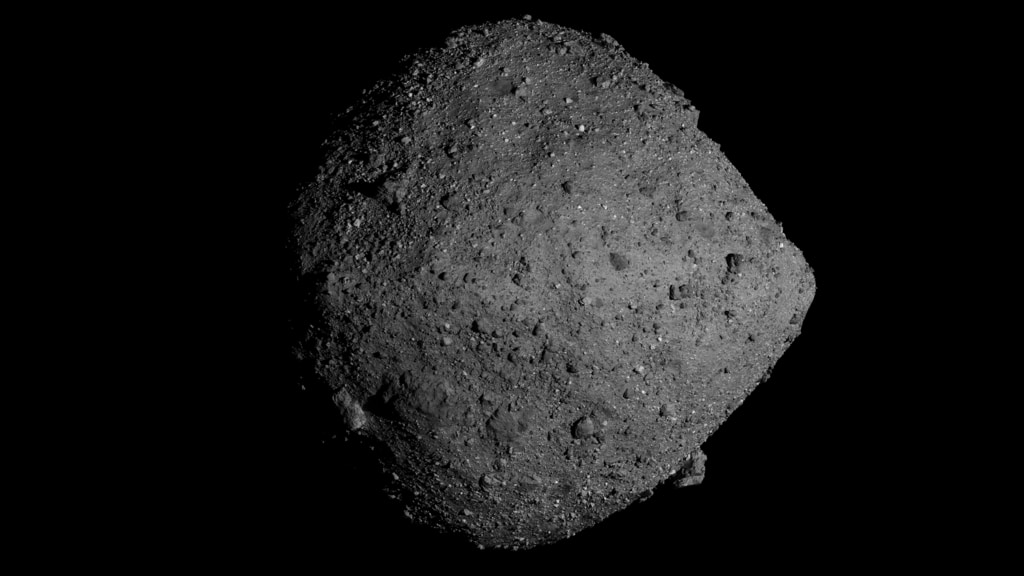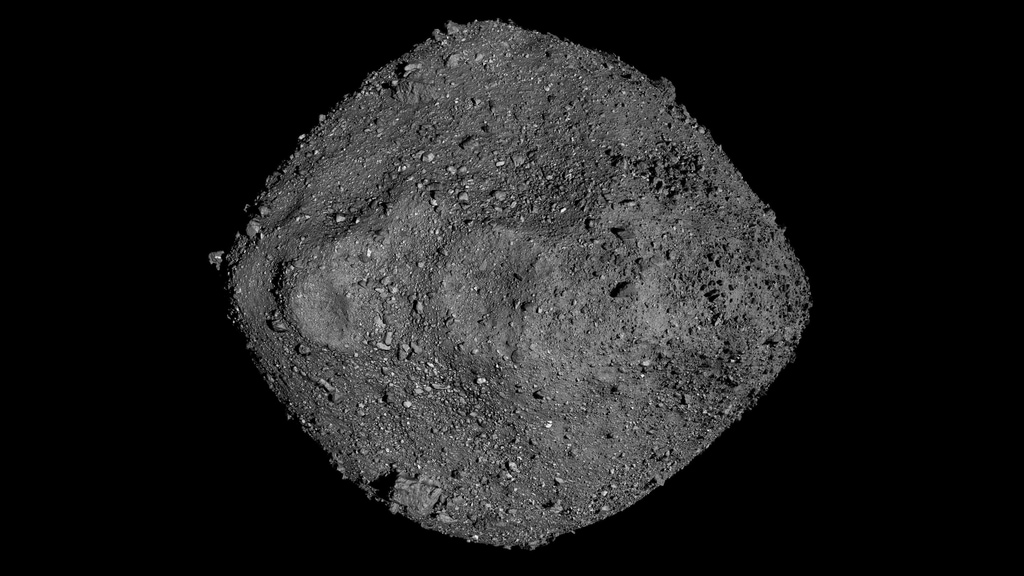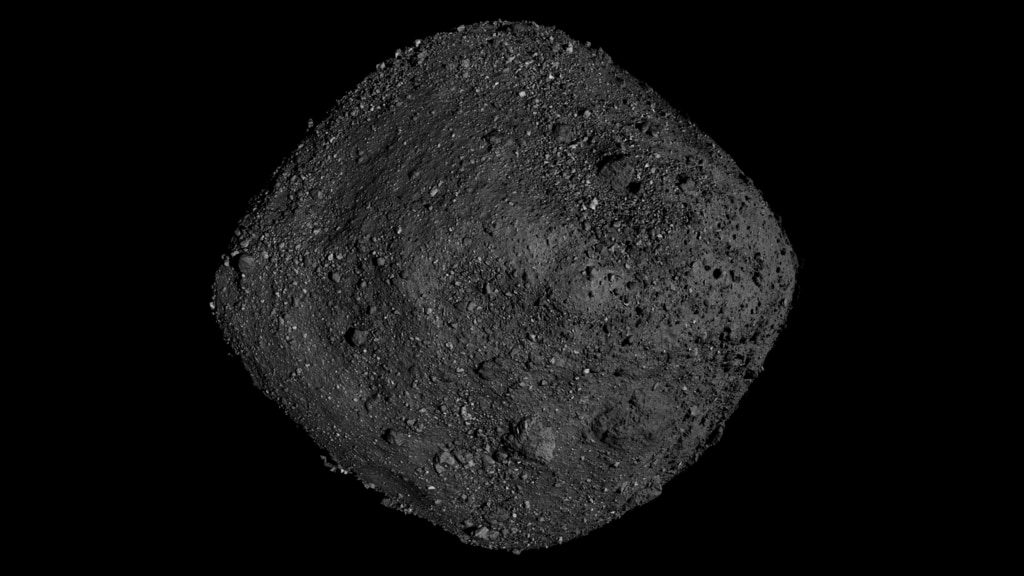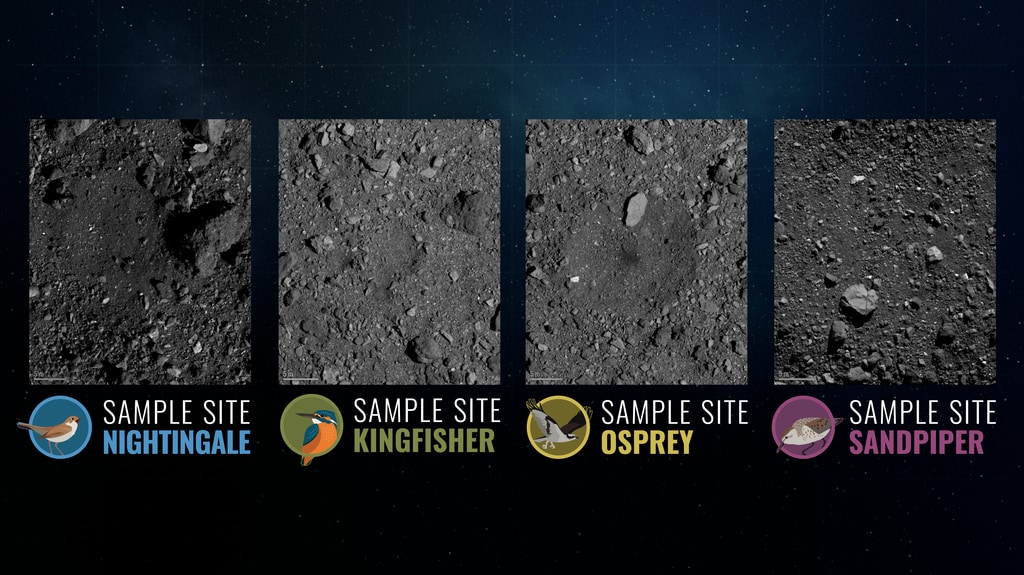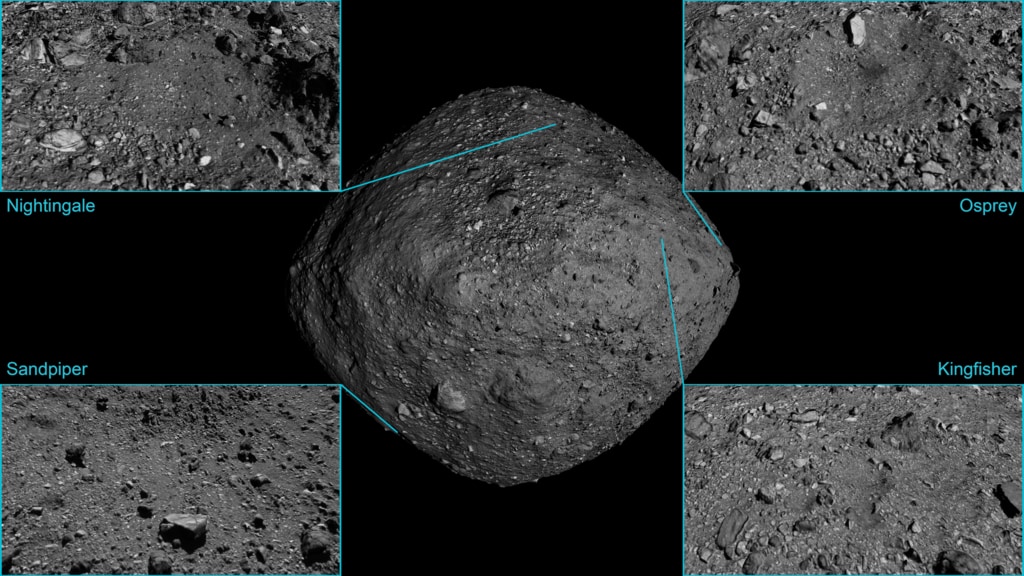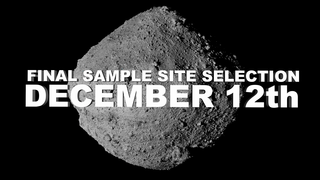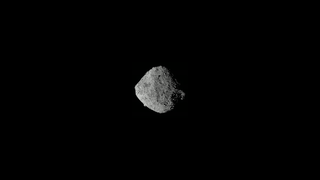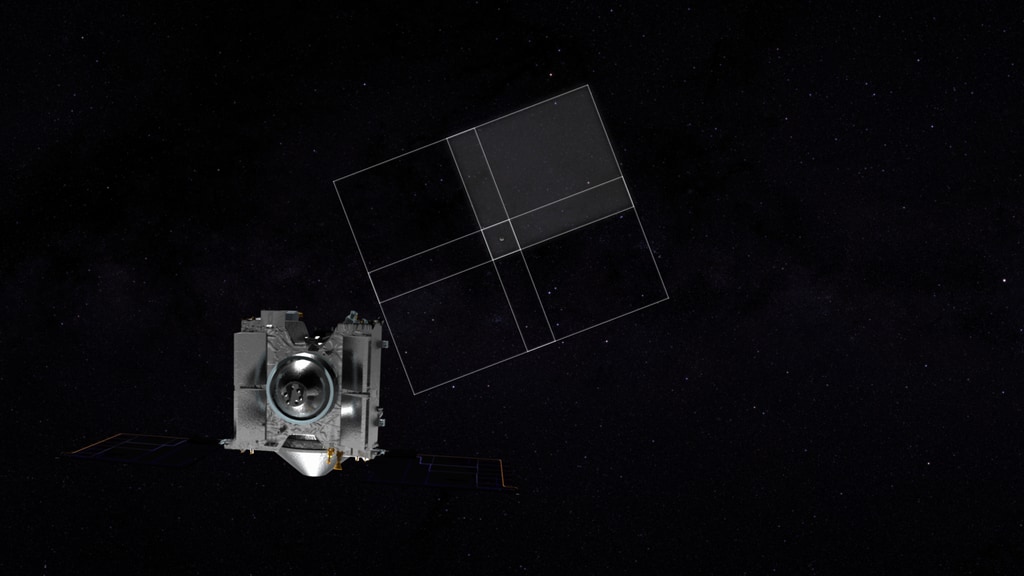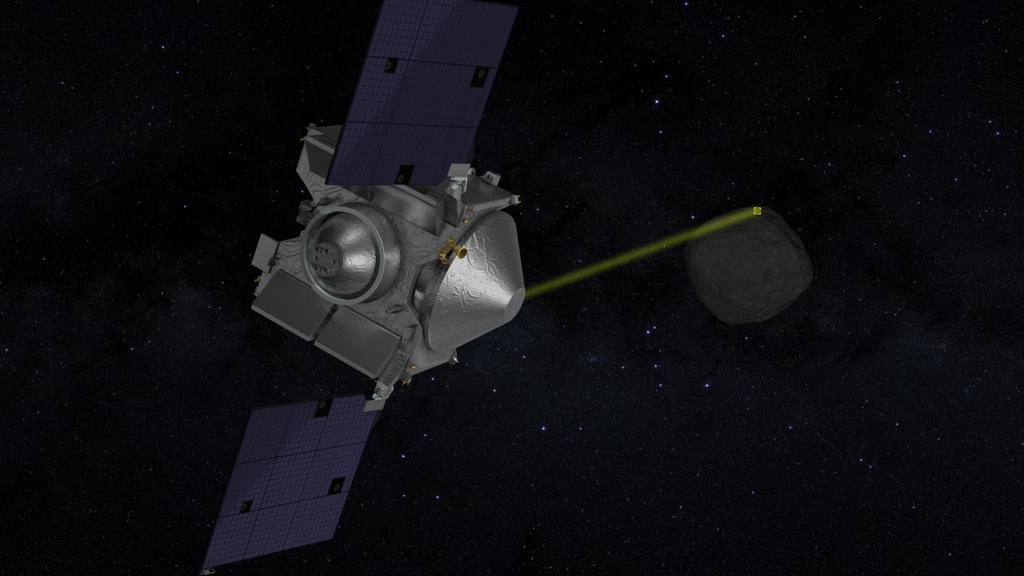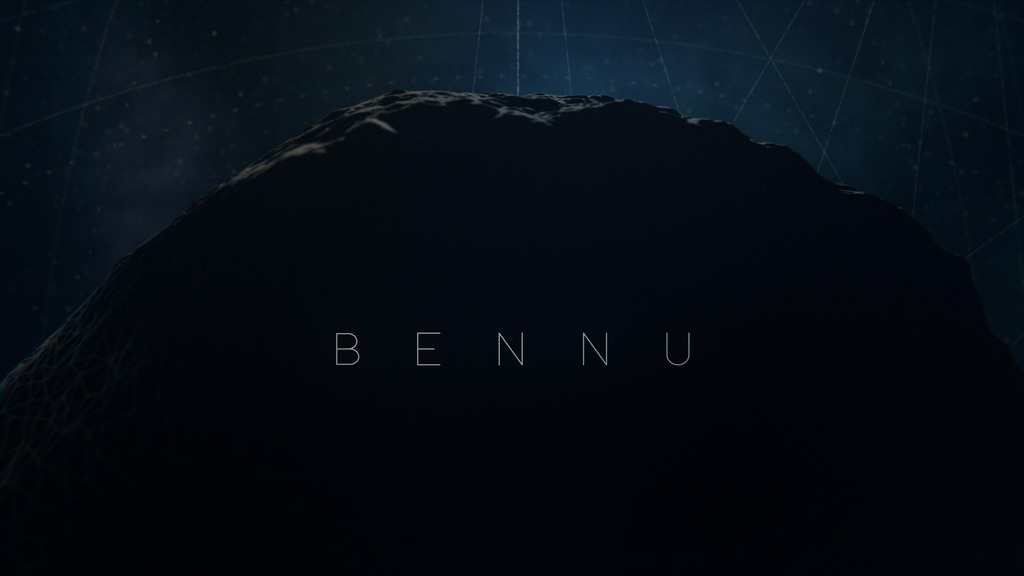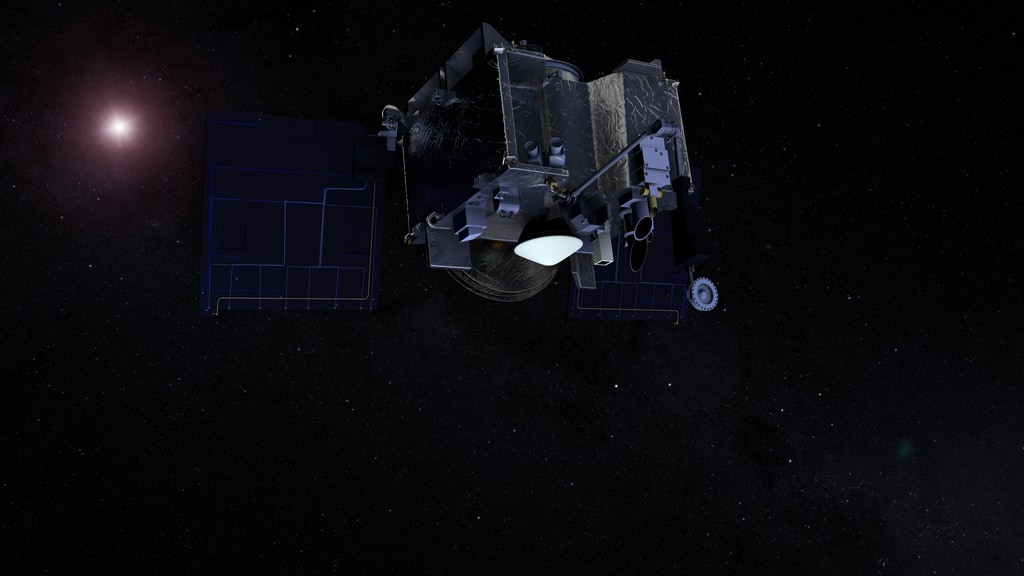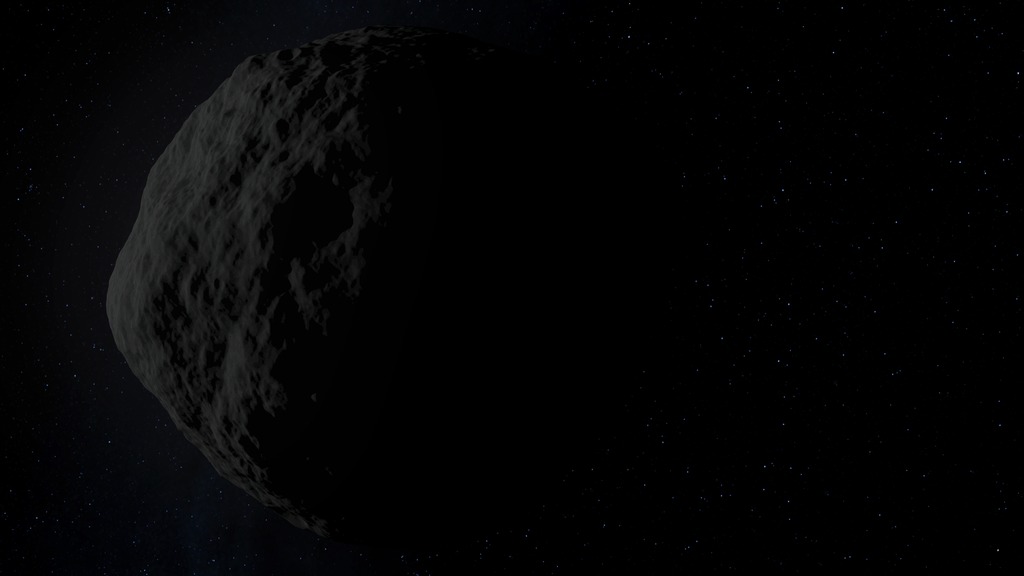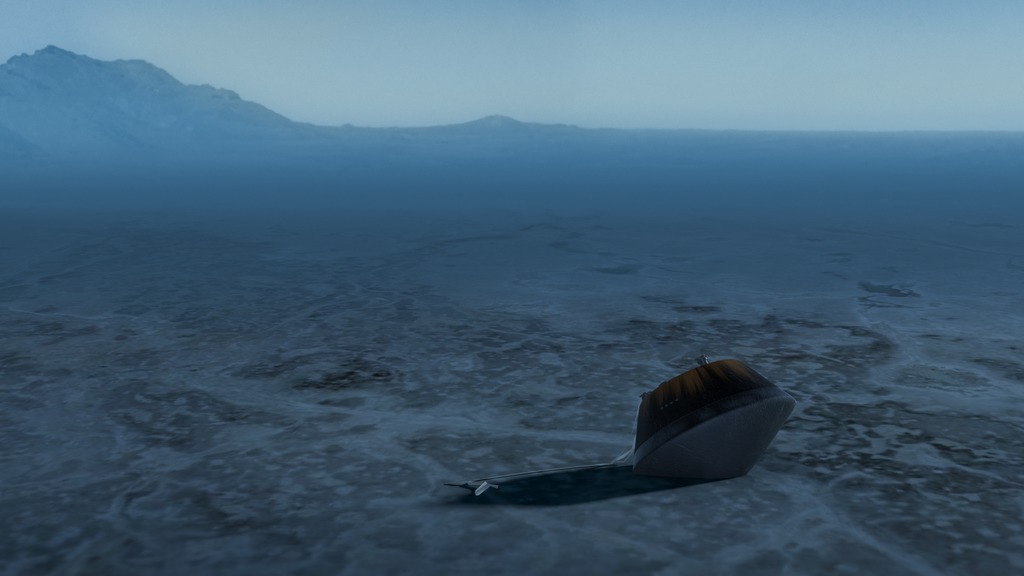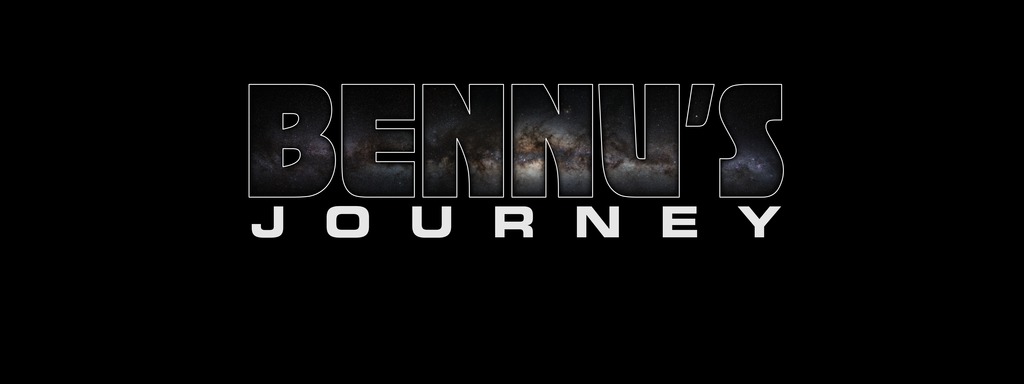NASA Science Live: OSIRIS-REx - X Marks the Spot (Episode 13)
Air Date: December, 12, 2019
Watch this video on the ScienceAtNASA YouTube channel.
This episode of NASA Science Live is broadcasting live from AGU in San Francisco. We have breaking news on our satellite OSIRIS-REx which is orbiting an asteroid named Bennu - and some of its mineral fragments could be older than the solar system itself. These microscopic grains of dust could be the same ones that spewed from dying stars and eventually came together to make the Sun and its planets nearly 4.6 billion years ago. And today we'll announce the site where OSIRIS-REx will attempt to collect at least 30 sugar packets worth of dirt and rocks from Bennu's surface.
For More Information
See the following sources:
* [NASA.gov](https://www.nasa.gov/osiris-rex)
* [asteroidmission.org](https://www.asteroidmission.org/)
Credits
Please give credit for this item to:
NASA's Goddard Space Flight Center
NASA's Goddard Space Flight Center
-
Host
- Grey Hautaluoma (NASA/HQ)
-
Talents
- Lori S. Glaze (NASA/HQ Planetary Science)
- Dante Lauretta (The University of Arizona)
- Michael Moreau (NASA/GSFC)
- Daniella DellaGiustina (The University of Arizona/LPL)
-
Producer
- Emily Furfaro (MORI Associates)
-
Associate producers
- Scott Bednar (National Institute of Aerospace)
- Jessica Wilde (National Institute of Aerospace)
-
Technical directors
- Seth Robinson (National Institute of Aerospace)
- John Caldwell (Advocates in Manpower Management, Inc.)
-
Floor director
- David L. Shelton (National Institute of Aerospace)
-
Videographers
- Caleb Stern (National Institute of Aerospace)
- James Tralie (ADNET Systems, Inc.)
-
Graphics
- Dan Gallagher (USRA)
-
Director
- Rich Melnick (KBR Wyle Services, LLC)
-
Editor
- Michael Randazzo (Advocates in Manpower Management, Inc.)
-
Video engineer
- Pat Kennedy (KBR Wyle Services, LLC)
-
Advisor
- Fred A. Brown (NASA/HQ)
-
Graphic designer
- Matthew Schara (National Institute of Aerospace)
Release date
This page was originally published on Thursday, December 12, 2019.
This page was last updated on Wednesday, May 3, 2023 at 1:45 PM EDT.
